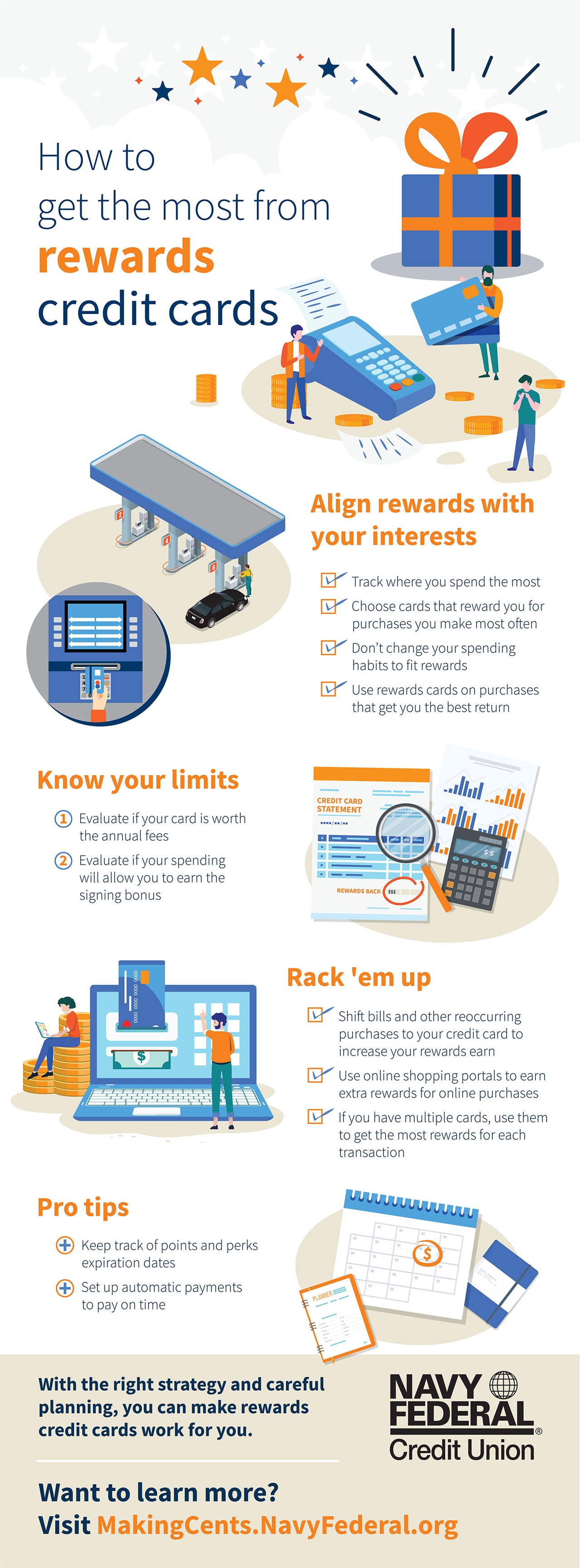2019-10-22T13:01:00
(BPT) – Is this the first year you are eligible for Medicare? If so, you have probably found yourself bombarded with mailers attempting to explain what health insurance, prescription plan and supplement plan you need. With all the parts and Medicare plans, sifting through the information can be complicated.
To make an informed choice when enrolling in Medicare, you need to know the parts of Medicare and what they each cover. Here’s a rundown of the four Medicare plans.
Part A: Hospital Insurance
Plans known as Original Medicare include Part A and Part B. Medicare Part A provides coverage should you become hospitalized. You pay the Medicare Part A deductible and any costs that exceed the deductible. You pay 20% of costs that exceed the deductible.
Medicare Part A generally covers inpatient hospital care, skilled nursing facility care, hospice care and home health care. With Original Medicare, you can visit any doctor or hospital that accepts Medicare.
Part B: Medical Insurance
Similar to Medicare Part A, Medicare Part B has an annual deductible and you pay 20% of costs beyond the deductible. Part B covers things like durable medical equipment, mental health and clinical research.
Medicare Part B also covers screenings including blood tests for cholesterol, lipid and triglyceride levels. Important screenings such as colonoscopies, mammograms and screenings for prostate, cervical and lung cancer are also covered by Medicare Part B.
Two common health exams that are not covered by Medicare Part B are dental checkups and vision care. Routine vision exams and eyeglasses are not covered by Original Medicare. Vision exams can be important indicators of other health issues such as diabetes and hypertension. According to VSP, the leader in vision coverage, people will typically save more than $200 with an individual vision plan. VSP Individual Vision Plans cover eye exams and glasses or contacts, and VSP has the largest network of independent eye doctors, so you won’t likely have to change if you have one you trust. For more information, click here.
Part D: Prescription Drug Plans
Part D plans are for prescription drug coverage. Medicare Part D is an optional plan available to anyone with a Medicare plan. Although Medicare Part D is not required, if you decide against a Part D plan when you are first eligible, you may pay a late enrollment penalty if you add this plan later.
Medicare Part D plans provide a standard level of coverage that is set by Medicare. The list of covered prescription drugs, also called the formulary, can vary. Different formularies will have different tiers. When shopping for a Part D plan, find out which plan covers your prescriptions.
Medigap: Supplemental
A Medigap plan is put in place to help you pay the out-of-pocket costs, like the 20% of costs that exceed your Original Medicare deductible. The best time to buy a Medigap policy is within the six-month period that starts the month you turn 65 and have enrolled in a Part B plan. All Medigap policies offer the same basic benefits. When you are new to Medicare, select a Medigap policy that meets your needs.
If you are a new Medicare enrollee, consider coverage, costs, your doctor and hospital choice, and quality of care when selecting the Medicare plan for you.

















